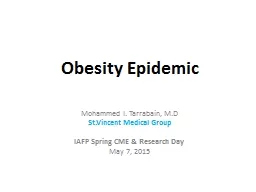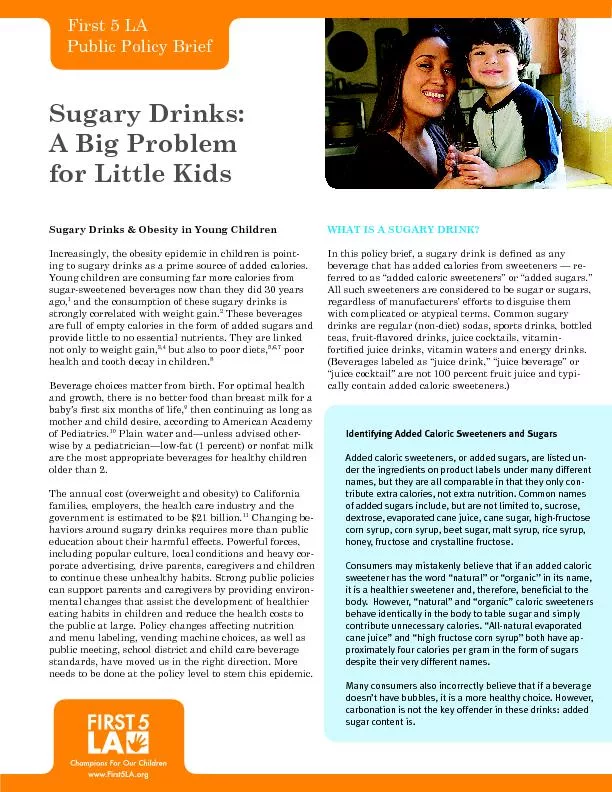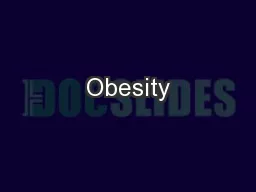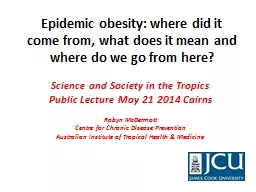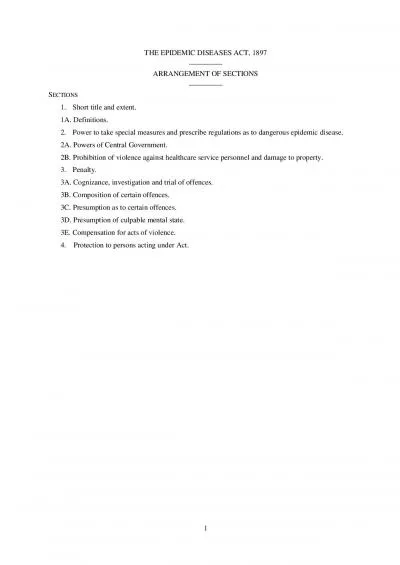PPT-Obesity Epidemic Mohammed I. Tarrabain, M.D
Author : briana-ranney | Published Date : 2018-10-31
StVincent Medical Group IAFP Spring CME amp Research Day May 7 2015 The O besity Epidemic In the United States it is estimated that 93 million Americans are affected
Presentation Embed Code
Download Presentation
Download Presentation The PPT/PDF document "Obesity Epidemic Mohammed I. Tarrabain, ..." is the property of its rightful owner. Permission is granted to download and print the materials on this website for personal, non-commercial use only, and to display it on your personal computer provided you do not modify the materials and that you retain all copyright notices contained in the materials. By downloading content from our website, you accept the terms of this agreement.
Obesity Epidemic Mohammed I. Tarrabain, M.D: Transcript
Download Rules Of Document
"Obesity Epidemic Mohammed I. Tarrabain, M.D"The content belongs to its owner. You may download and print it for personal use, without modification, and keep all copyright notices. By downloading, you agree to these terms.
Related Documents

